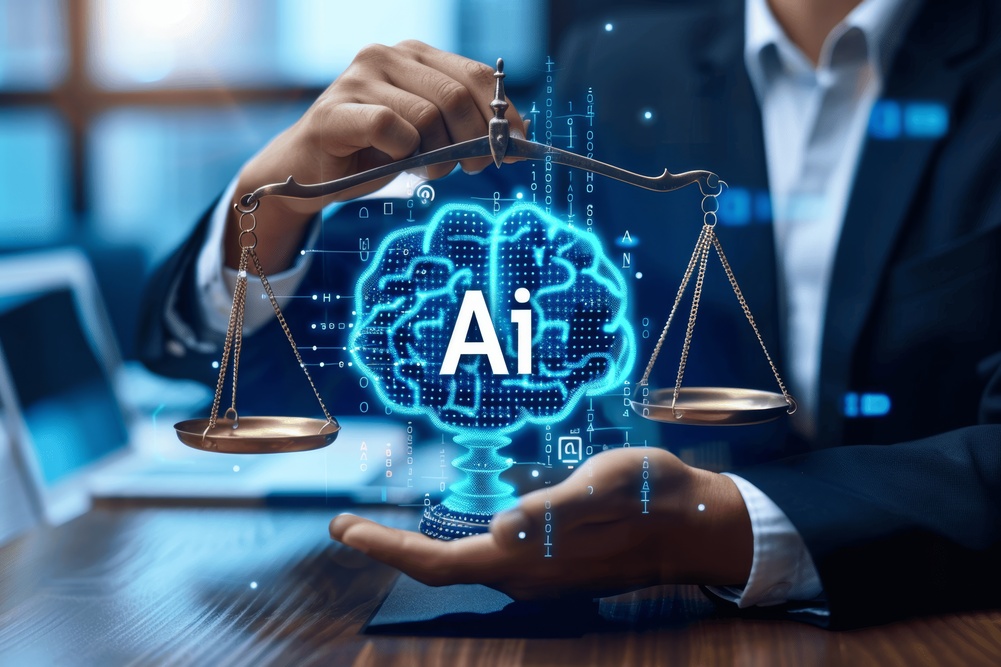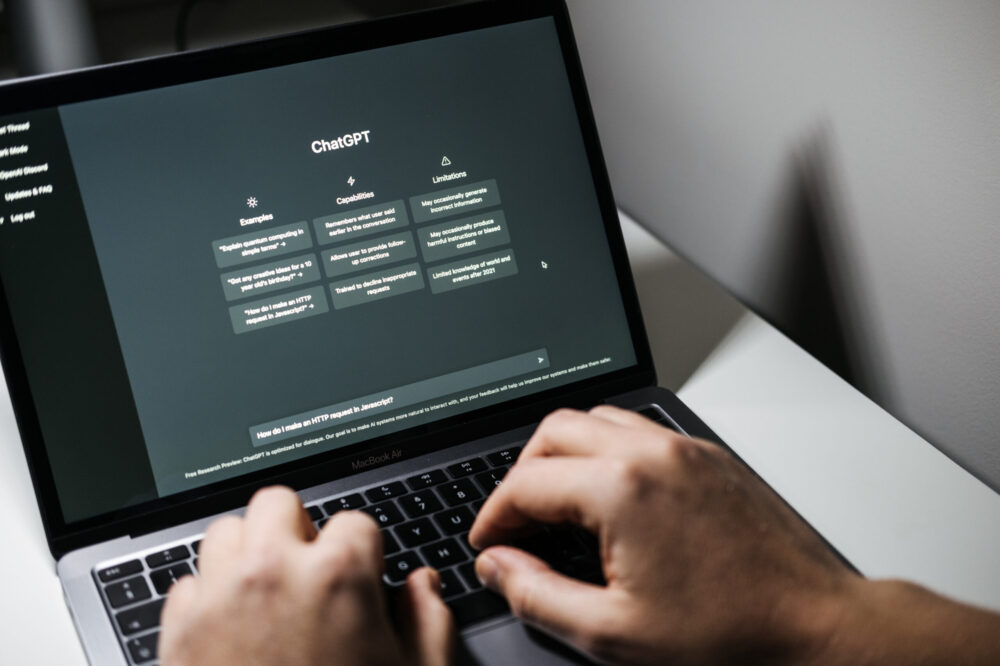Knowing what behaviours are most appreciated in your company and knowing who most regularly displays these (and doesn’t) can lead to powerful insights about where you can best focus your efforts to improve your company culture.
While recognition software may have started out as a fairly straightforward way for colleagues to appreciate helpful work behaviour, it has evolved into a highly sophisticated way to mine data and track culture. The more data generated through awards between employees, the richer the insights.
Workhuman, for example, is an employee recognition platform but also has an inhouse research function called Workhuman IQ that studies the data and analytics generated by recognition.
AI enabling deep insights
“AI can access data about employees in ways that haven’t been done before,” says Workhuman’s Senior Principal, Consulting, Clare Moncrieff.
“We can see business critical insights like what individual employee values drive business outcomes. We can see where companies actually excel culturally. We can also help drive healthier workforces by helping employers understand where there might be pockets of behaviour that aren’t the culture they want too, like showing where employees are at risk of burnout.”
One way that it can do this is by recognising certain language that comes up in recognition awards. For instance, it picks up when employees are recognising each other for “pulling all nighters” or regularly working weekends to hit deadlines.
If this behaviour is consistently happening, Workhuman can flag it to the employer.
Flagging certain behaviours
“We can flag it to our customers to say ‘we’re seeing this type of language show up in the recognition messages, which is concerning, because this is not the kind of culture you’ve stated you want’. We can then also offer up some interventions to consider to prioritise wellbeing,” she says.
Similarly, AI-driven recognition can help guide line managers towards creating positive, healthy teams and cultures. For example, if a line manager wants to say ‘welldone, you never disappoint’ the AI function can “nudge” them in the following way, as Moncrieff says:
“AI can say something like ‘maybe you don’t want to use language like ‘you never disappoint’ because that puts undue pressure on employees and, we know from the data, that when there’s undue pressure, the risk of burnout is higher’.”
Behavioural change
As discussed in this article, recognition software can be used to link employee desired behaviour to corporate values. But not only this, it can be used to target other behavioural change too.
“We’ve worked with companies that want to focus on safety behaviours,” says Moncrieff. “We then study where there’s more recognition happening around safer practices and there’s a lower rate of incidences. The statistics generated are so insightful but I think most HR professionals don’t think of recognition as a data source for these kind of challenges.”
She cites Workhuman’s work with energy company bp. It hired the company because it realised its recognition strategy was not consistent enough, with different companies often “doing their own thing”, says Susan Snelling, Head of Global Reward Operations at bp.
What bp did
It wasn’t able to harness data insights effectively, either, because there was no central management: “we estimated that only around 30% of our population received any formal recognition and typically the budget was not fully utilised either.”
Adding consistency and regularity to the programme has meant that bp can see clearly how its core values around safety, in particular, are being lived.
“With safety as one of our core values, it allows our employees to recognise each other for their contribution to safe operations,” says Snelling. “We can use this to reinforce these great behaviours.”
Recognition linked to lower attrition
Two months after launching its new recognition programme Energize!, there were 12,000 “recognition moments”. It’s also been possible to link more frequent recognition with lower employee turnover. For example, in Hungary, employees who received just three awards per year saw turnover cut by 66%.
Data has also been able to show that recognition has been particularly powerful and engaging for bp’s non office-based employees, typically harder to reach, who are heavy users of the programme.
Of course, this level of sophistication requires investment. As with so much in wellbeing, you get what you pay for and, probably due to pressured budgets, many employers are not prepared to pay appropriately (this is an issue currently happening with lack of appropriate investment in EAPs, too, see here for a discussion on this topic).
Funding should be 1% of payroll
According to Workhuman’s data modelling, recognition funding should be about 1% of payroll for employers to see the biggest impact. However, generally organisations start out at a lower rate and increase as they reap results.
As ever, proving ROI is key, particularly in selling in recognition to senior management. But Edel Brittle, Head of Marketing Communications at employee benefits platform The Perkbox Vivup Group, is optimistic:
“Any leader has to justify their spend and seeing an ROI. That’s obviously really important. But, as AI is embedded in recognition more and more, reporting is only going to get better and better. The future is bright.”
You might also like:












